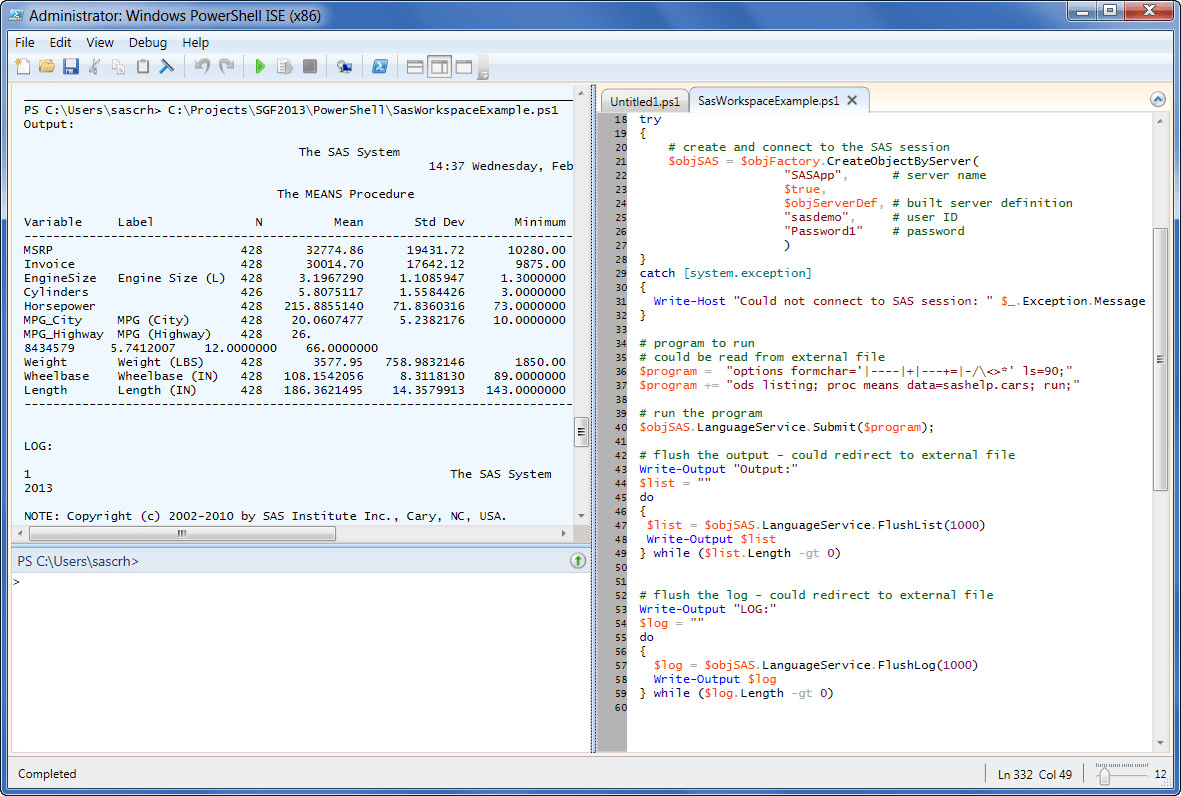

For example, even if you ran two identical marketing campaigns, the revenue they generate is likely to differ, just by random chance. Testing for statistical significance can give you empirical results to support or refute conclusions you draw from your data. Using statistical analysis software can help prevent you from being fooled by random fluctuations in your data. The only viable option is using a statistical analysis software package. If you have a more complex analysis question, like how purchasing patterns among your customers vary as a function of age, gender, geographic location, and occupation, you can completely forget about doing that analysis from scratch. Statistics deals with the science of uncertainty, and even for relatively straightforward questions, like whether one marketing campaign produced more revenue than another, there are several computational details that are difficult to implement on your own. If you have large datasets, complicated analysis questions, or if you want to be able to express your level of uncertainty, you need to perform a statistical analysis.

However, just looking at raw numbers has its limitations. The rise of data-driven business, from “Moneyball” to high-powered financial trading, has demonstrated that empirically-based decision making can result in far superior results. Many business decisions are made by gut instinct. Second, you can express your uncertainty about your estimates by expressing the level of statistical significance, or the size of a confidence interval or a margin of error.Įven with complex data and complex business questions, the right statistical analysis software will give you the tools you need to come to an answer, and express your level of certainty. Applying statistical techniques to your data accomplishes two equally important tasks.įirst, statistical analysis can provide empirical answers to questions about your business, such as “which of our two marketing campaigns resulted in more sales?” Statistical analysis software is designed to apply the power of statistics to your company’s data.


 0 kommentar(er)
0 kommentar(er)
